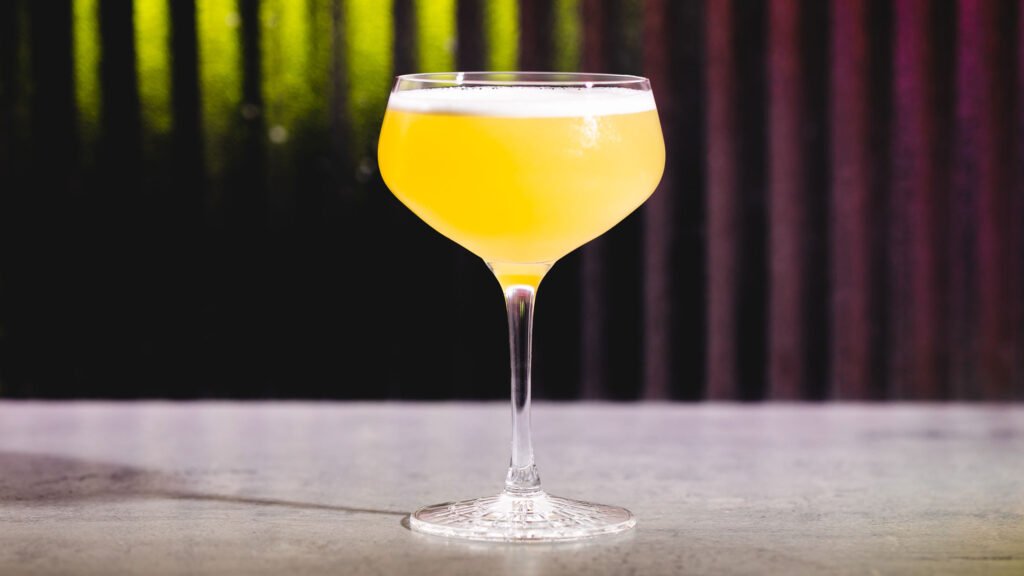[ad_1]
Till just lately, the picture of RTD sake, or “cup sake” as it’s referred to in Japan, was caught prior to now—1964, to be exact. That’s when the OG of the style, Ozeki One Cup, burst onto the sake scene together with the Tokyo Olympics and the Shinkansen bullet prepare—all three alerts that Japan was dusting off the disgrace and poverty of the put up–World Warfare II period and innovating its manner onto the world stage.
The sport-changing sake—which introduced a modern, fashionable glass cup design and portability to a staid drink—celebrated its sixtieth anniversary this yr. Whereas it nonetheless guidelines amongst comfort retailer sakes in Japan, it’s previous hat to youthful Japanese drinkers. For a brand new technology of sake customers, immediately’s rising wave of RTD sake choices (each Japanese and home) manages to spotlight the essence of what’s driving sake’s worldwide reputation: taste, fermentation, fascinating design and cultural foreign money. These RTDs are additionally, crucially, a part of the “premiumization” of the RTD class. “Nicer sakes are being supplied within the one-cup format, and sake fans like that they will get cans from the smaller manufacturers now, too,” says Yoko Kumano, co-founder of Umami Mart in Oakland, California, one of many nation’s high sake retailers.
Cup sakes immediately vary from metallic cans to glass cups with peel-off aluminum or plastic lids. They span a kooky, category-busting glowing sake-wine hybrid from Wakaze, the Paris-based maker; brash and recent unpasteurized namas; on a regular basis futsus; and top-grade junmai ginjos, for which the rice has been polished and the grains‘ outer layers eliminated by a minimum of 40 p.c, resulting in lighter, brisker flavors. There are American-brewed or -bottled manufacturers which have partnered with established (typically unnamed) Japanese brewers, together with Wakaze, Sake Excessive! and WeSake, together with a slew of newer premium cup sakes from top-tier Japanese breweries like flower yeast specialist Amabuki. Whether or not international or home, the emphasis is on demystifying sake for worldwide audiences and underscoring sake’s versatility in pairing. Label artwork is vital, too. You’ll discover popular culture homages (Chiyomusubi’s manga-referencing Oyaji), kawaii (Japanese for “cute”) motifs and iconic labels just like the shiny gold and purple of Kikusui Funaguchi Gold, which is as instantly recognizable to Japanese as a bottle of Budweiser is to People.
The supply of RTD sake varies extensively by area, making it tough to create a common “better of” record. So herewith is a snapshot of a few of the finest sakes obtainable to buy proper now, which doubles as proof of simply how diverse this younger class has turn out to be.
[ad_2]


